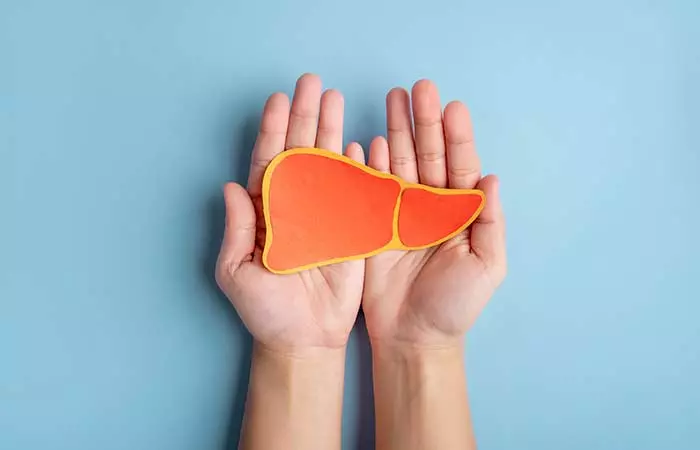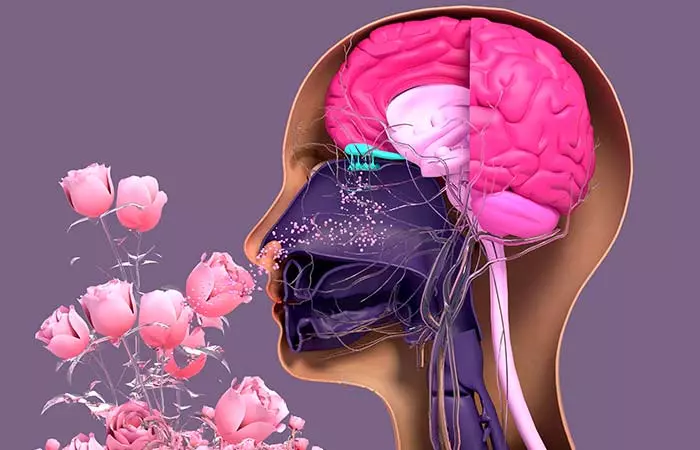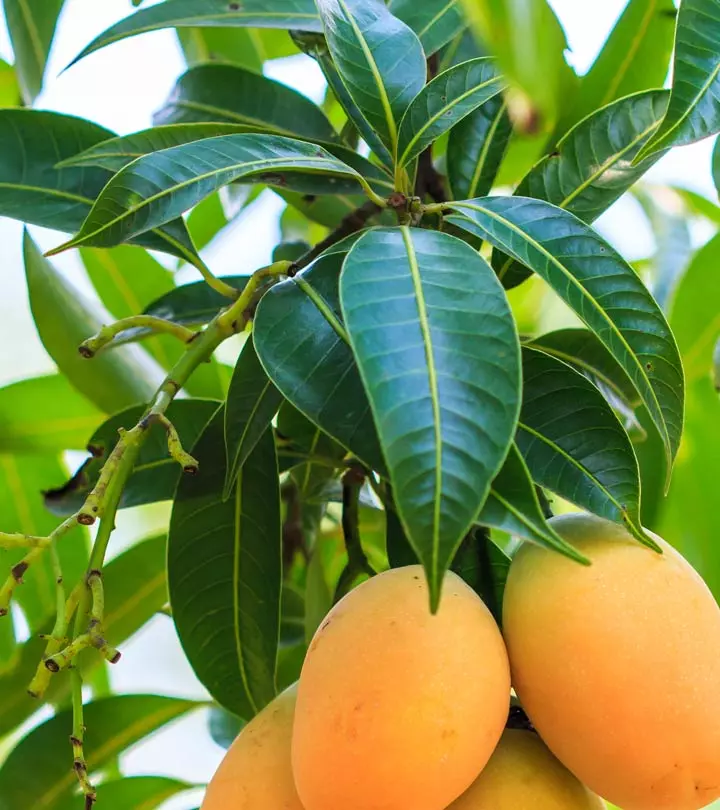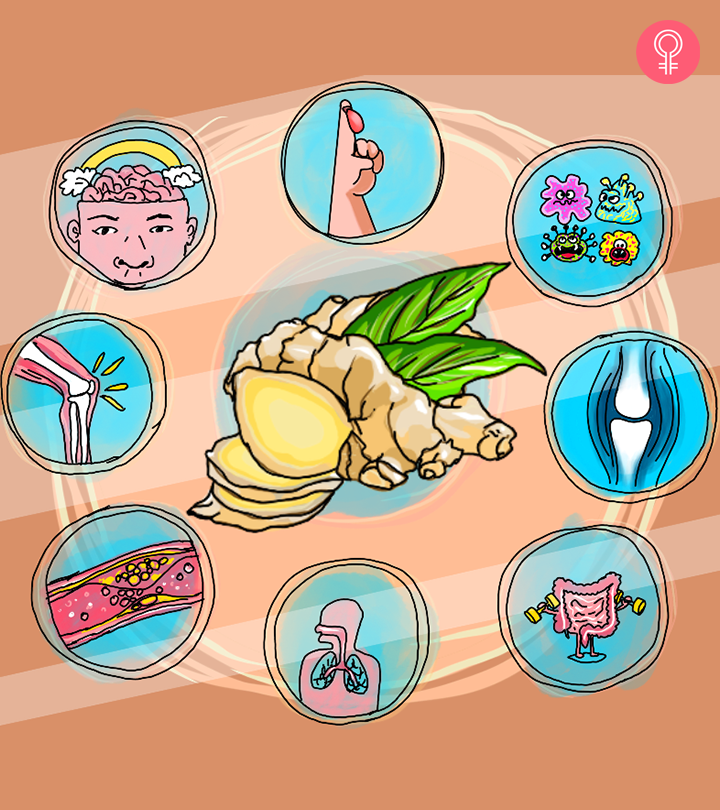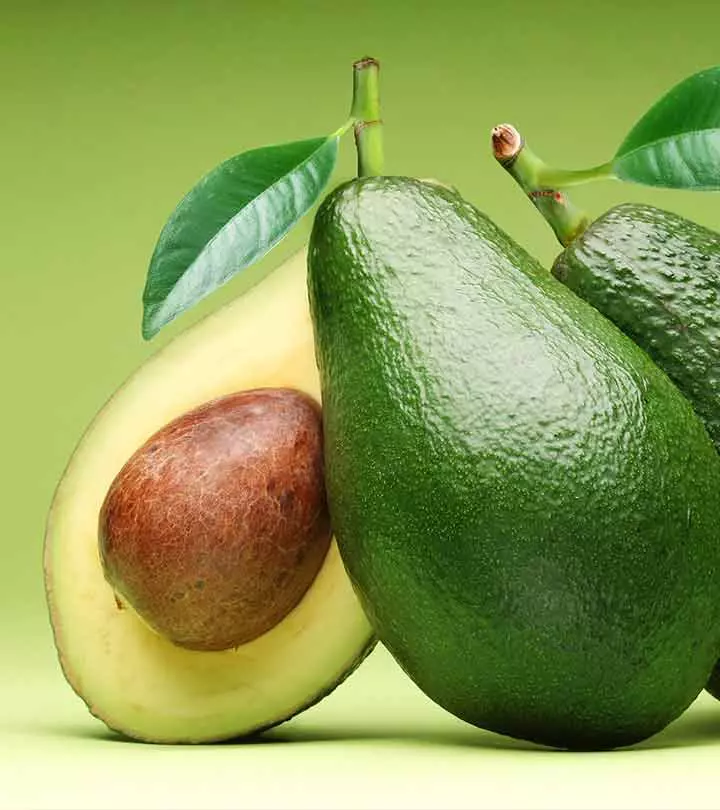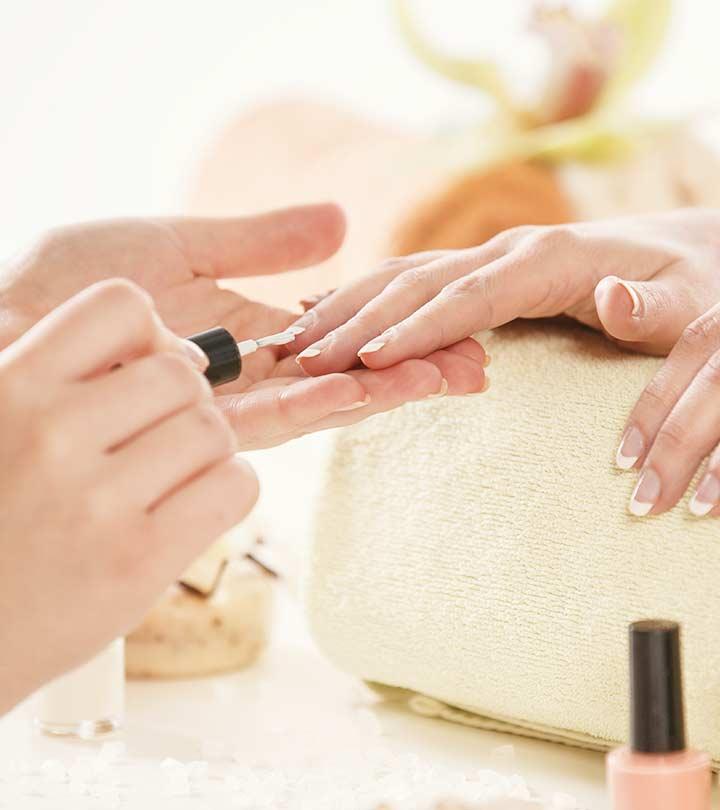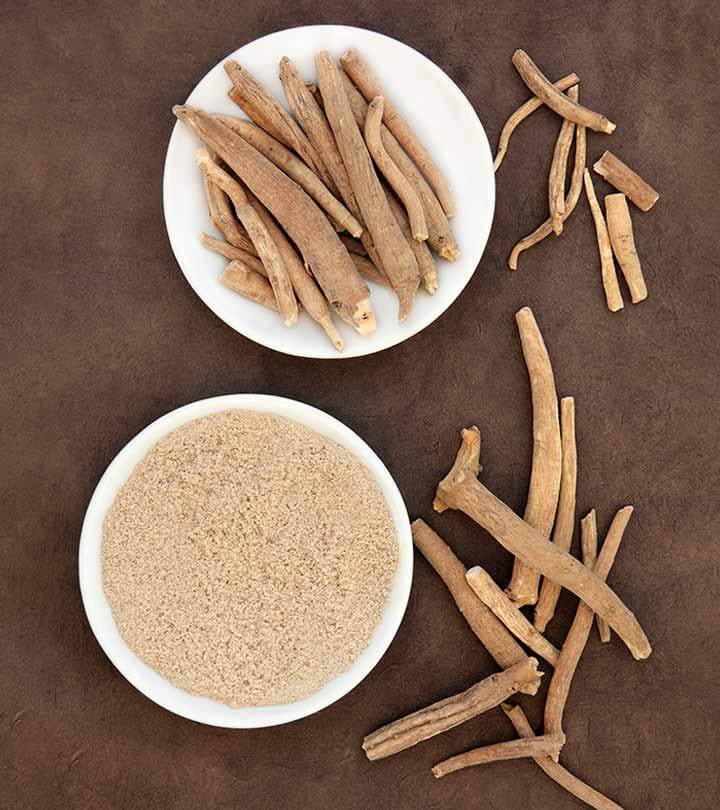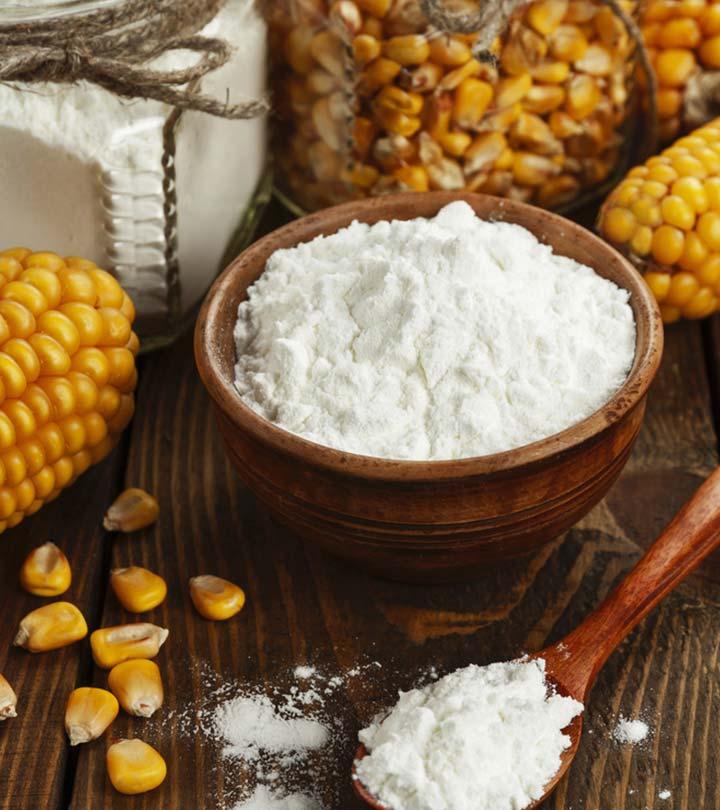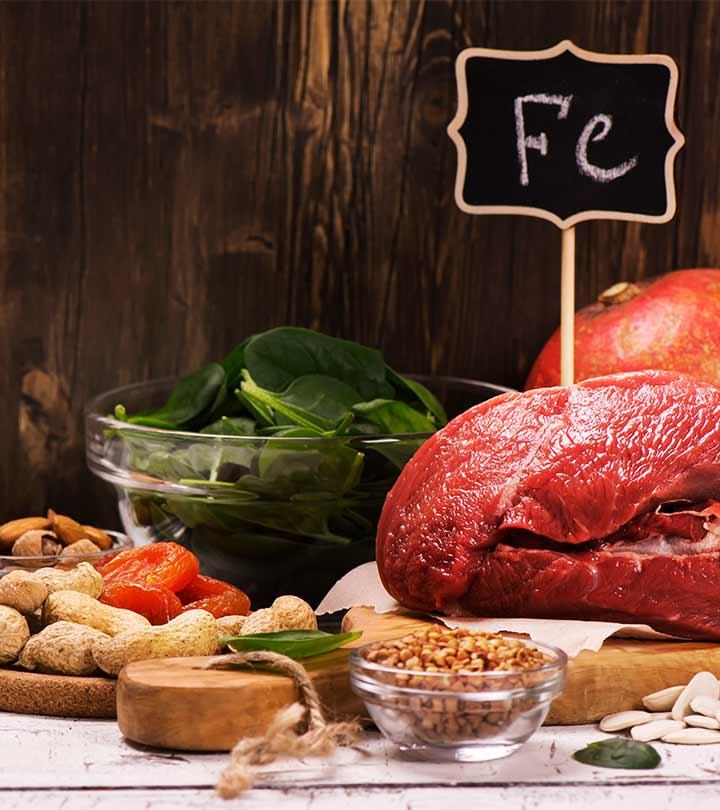9 Extraordinary Things About Your Body That You Never Knew

Image: Shutterstock
If you feel you know your body, you need to think again! Scientists worldwide have tried to decipher human body mechanisms for hundreds of years, but even now, there is much left to know. The more we decode, the more we are astonished by how nature molded us as a perfect super being able to process complex thoughts and bodily functions. Here in this article, we have shared some astonishing facts about our bodies that will surely startle you. Read on to know them all!
In This Article
1. The Tiny Slits Of The Eyelids Serve A Crucial Purpose
Puncta are the tiny apertures found along the inner eyelid margins. Tears are drained from the eye through these slits. Blinking causes the puncta to drain part of the tear fluid from the eye. Overflowing tears occur when the puncta becomes clogged (1).
2. You May Detect Danger With The Help Of Your Tongue’s Papillae
Papillae are the mushroom-shaped bumps that pop up all over your tongue between two hundred and four hundred teeth spanning the width of your dorsum (2). Three to five taste buds are temperature and touch sensors in each papilla. Papillae allow us to taste food without experiencing any discomfort or danger (3). Instead, they warn the brain of potential risks, such as smoke, so the body can take appropriate action. How cool is that!
3. A Single Hair Strand Can Carry Up To 3.5 Ounces
It is believed that a single hair may support as much as 3.5 ounces (100 grams), while a whole head of hair can withstand anything from 5,600 kilograms to 8,400 kilograms before it is torn out. Who wants to try this out by tying weights on their braids now? However, it is not backed by scientific evidence and it is recommended not to use your hair as a weight lifting tool as it will only deteriorate the health of your hair.
4. The Liver Is Regenerative
The liver is distinguished from other organs by an exceptional quality; it can regenerate its cells and grow healthy if given time. In the event of damage, it can repair itself. After having 90% of their liver removed, any liver may regenerate to its original size (4).
5. When Breathe In And Out With Alternate Nostrils
When we have congestion, airflow is reduced through one nostril while you breathe. It has been scientifically determined that people swap nostrils every two hours (5). Additionally, right-handers are more likely to breathe via their left nostrils.
6. You Have More Than 5 Senses
The five human senses are most commonly associated with sight, hearing, taste, contact, and smell. But your body can sense far more than that. Here are some of the senses most humans have but do not know what it is scientifically called.
Equilibrioception – To have a sensation of balance.
Proprioception – Knowing where your body parts are without having to look.
Kinaesthesia – Experience of movement.
Thermoception – Ability to perceive temperature.
Nociception – The perception of pain.
Chronoception – Sense of time.
7. Children Develop Rapidly Throughout Spring
It has been seen that children tend to develop at a somewhat quicker rate in the spring (6). There is a significant growth spurt between the ages of 8 and 13 for females and between 10 and 15 for boys. Who wants a spring baby now?
Everything has a common ancestor, but having a banana as a family might startle you. Even flowers share DNA with us. Scientists have discovered that plants and humans share a genome equivalent to 18.7 percent (7). So, in addition to our 96 percent genetic similarity to chimpanzees, we share 60 percent of our DNA with flies and chickens (8). Studies have shown that humans share an astonishingly high percentage of genetics with bananas (between 50% and 60%) and that this makes us quite similar (9)!
9. Your Brain Continues To Develop Through Life
The brain size of a newborn infant is around a fourth that of an adult’s. However, it doubled in size in the first year and continued to expand until around 80% of its actual size by age 3 and 90% by age 5 (10). The brain is considered developed by size by the age of 25. However, the scope of learning continues throughout life; hence, the brain is constantly growing till you have life in you.
The human body is one of the most astonishing mechanisms in nature, and even though our kind has trotted the earth for thousands of years, the whole mechanism is yet to be understood by medical science. Moreover, a single gene carries more information about our life than any artificial storage device ever could. So, which of these facts amused you the most? Let us know in the comments section!


